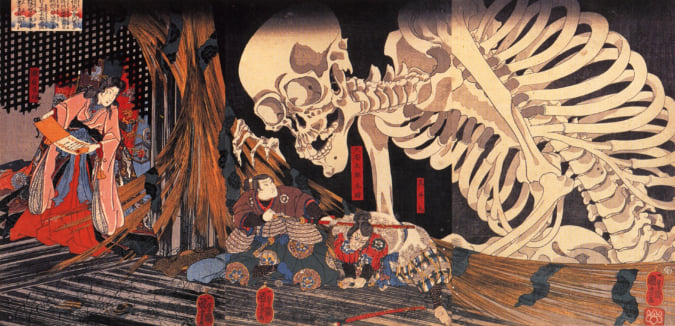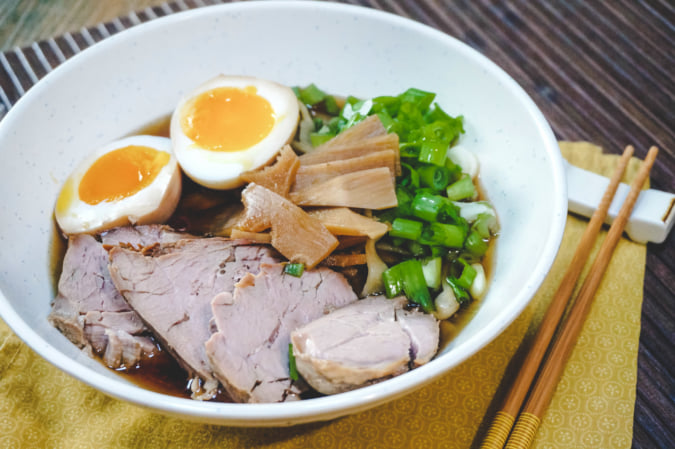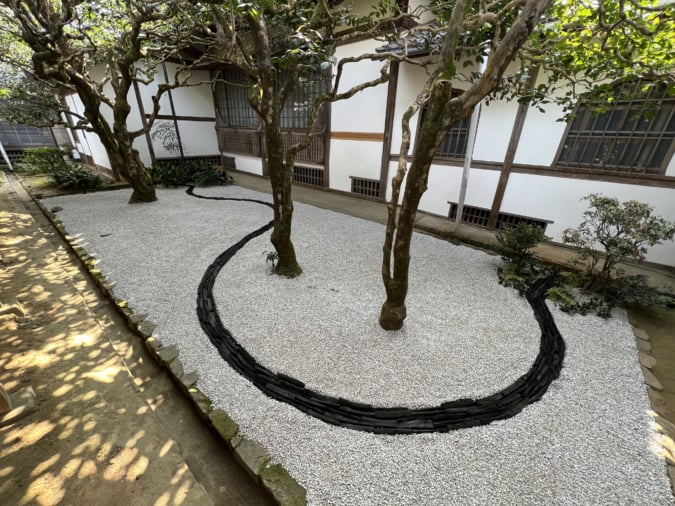The First Postcards from a Japan Previously Closed to Foreigners
Japan opened up to the rest of the world in the 19th century after previously having only been discovered through hand-coloured photographs.
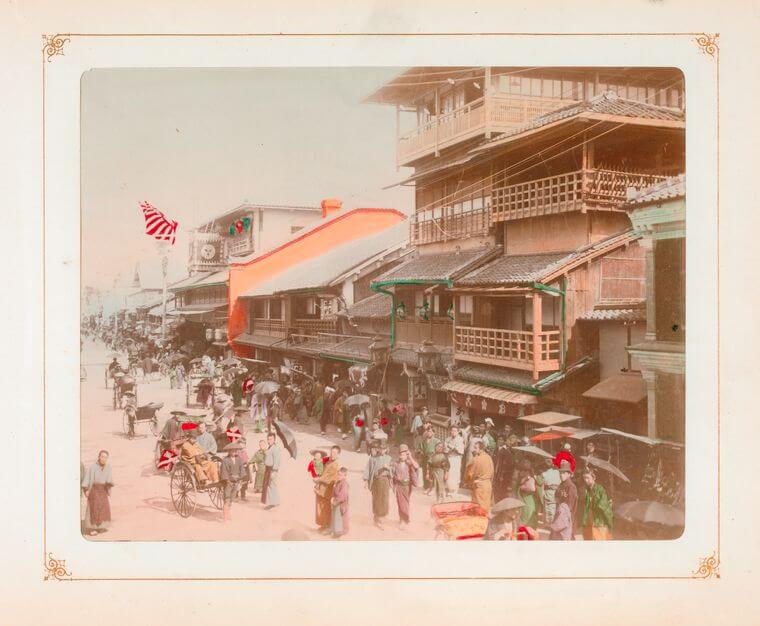
© Photography Collection The New York Public Library
Over two and a half centuries, Japan adopted an isolationist policy known as sakoku which literally means ‘locked country’. It was established during the Edo period (1650-1842) by the shogun (‘general’ in Japanese) Iemitsu Tokugawa. Thus, the residents were banned from leaving the island on pain of death, while foreigners were not welcome on Japanese territory.
This voluntary reclusion was perceived as an obstacle to the development of global commerce and the United States called for commercial relations to be opened. In 1858, faced with the threat of a potential conflict, feudal Japan signed the Harris Treaty, also known as the Treaty of Amity and Commerce, with the New World. After this, westerners partially made their entrance in this formerly impenetrable country, bringing cameras with them.
Images of a colourful culture
The end of the voluntary closure policy and the beginning of a frenetic period of modernisation of society was illustrated through the Meiji era (1868-1912). Ukiyo-e (Japanese prints engraved on wood) gave way to a new technology from France, photography. Initially reserved for the local nobility, this emerging art became more accessible thanks to the opening of studios specialising in photography, mainly run by westerners.
The growth of tourism triggered a promising market. Professional photographers like Felice Beato and Adolfo Farsari immortalised typical scenes that corresponded to westerners’ fantasised, picturesque image of Japan. Sumo wrestling, traditional temples, portraits of geishas (female companions who devote themselves to artistic practice)… For 50 yen (0.39 euros) for a souvenir pigmented photo of Japan, visitors could have evidence of their trip or offer a first glance of the country overseas. Hand-coloured on albumen paper, this kind of postcard now conveys the authentic image of an empire in the making with a desire for colonial conquests.
More information can be found on the New York Public Library website.
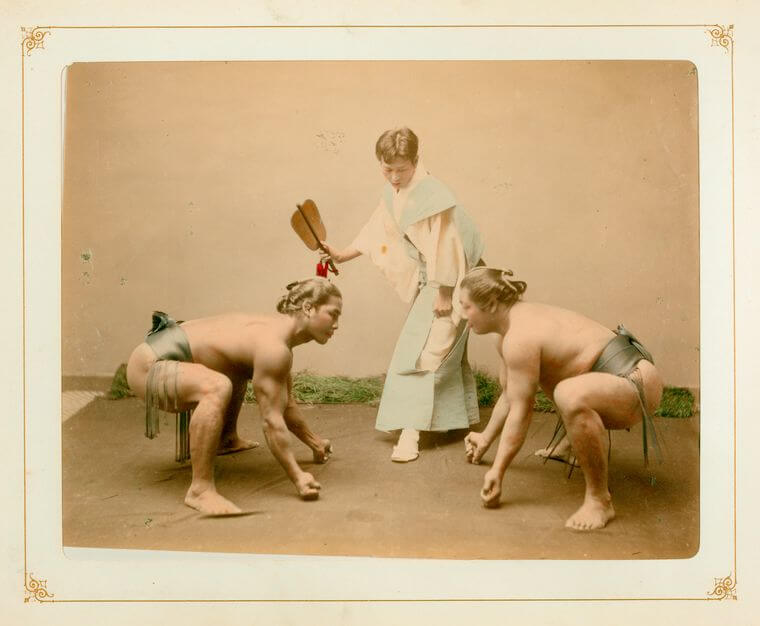
© Photography Collection The New York Public Library

© Photography Collection The New York Public Library
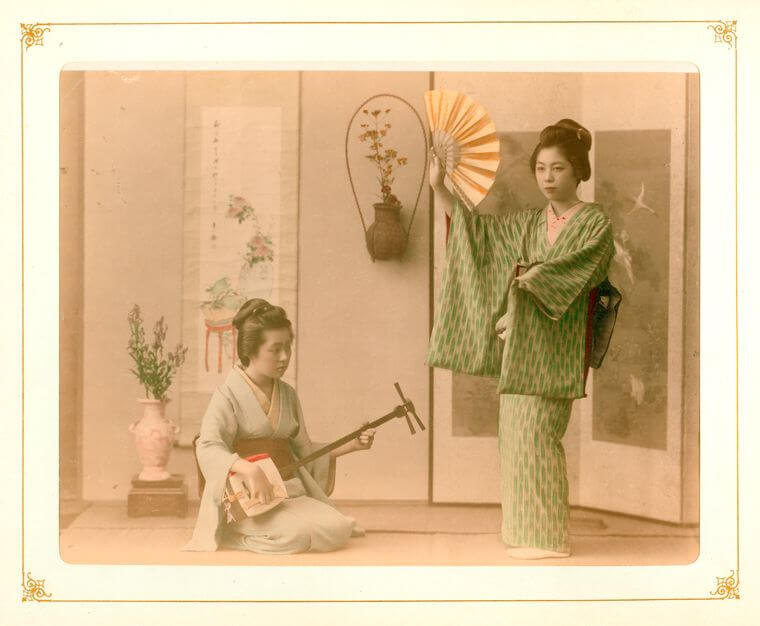
© Photography Collection The New York Public Library
TRENDING
-
The Tradition of the Black Eggs of Mount Hakone
In the volcanic valley of Owakudani, curious looking black eggs with beneficial properties are cooked in the sulphurous waters.

-
Gashadokuro, the Legend of the Starving Skeleton
This mythical creature, with a thirst for blood and revenge, has been a fearsome presence in Japanese popular culture for centuries.

-
Recipe for Ichiraku Ramen from ‘Naruto’ by Danielle Baghernejad
Taken from the popular manga with the character of the same name who loves ramen, this dish is named after the hero's favourite restaurant.

-
A Rare Japanese Garden Hidden Within Honen-in Temple in Kyoto
Visible only twice a year, ‘Empty River’, designed by landscape architect Marc Peter Keane, evokes the carbon cycle.

-
An Encounter with the Last Shamans in Japan
Sociologist Muriel Jolivet's book offers an analysis combined with a travelogue and interviews with these women with supernatural powers.


